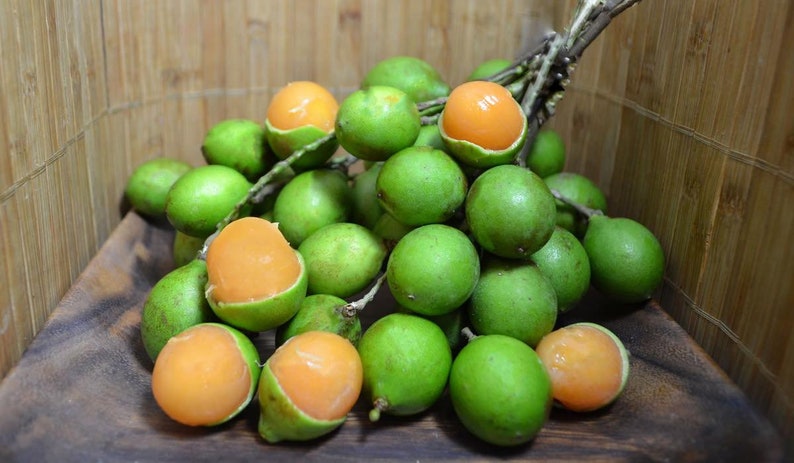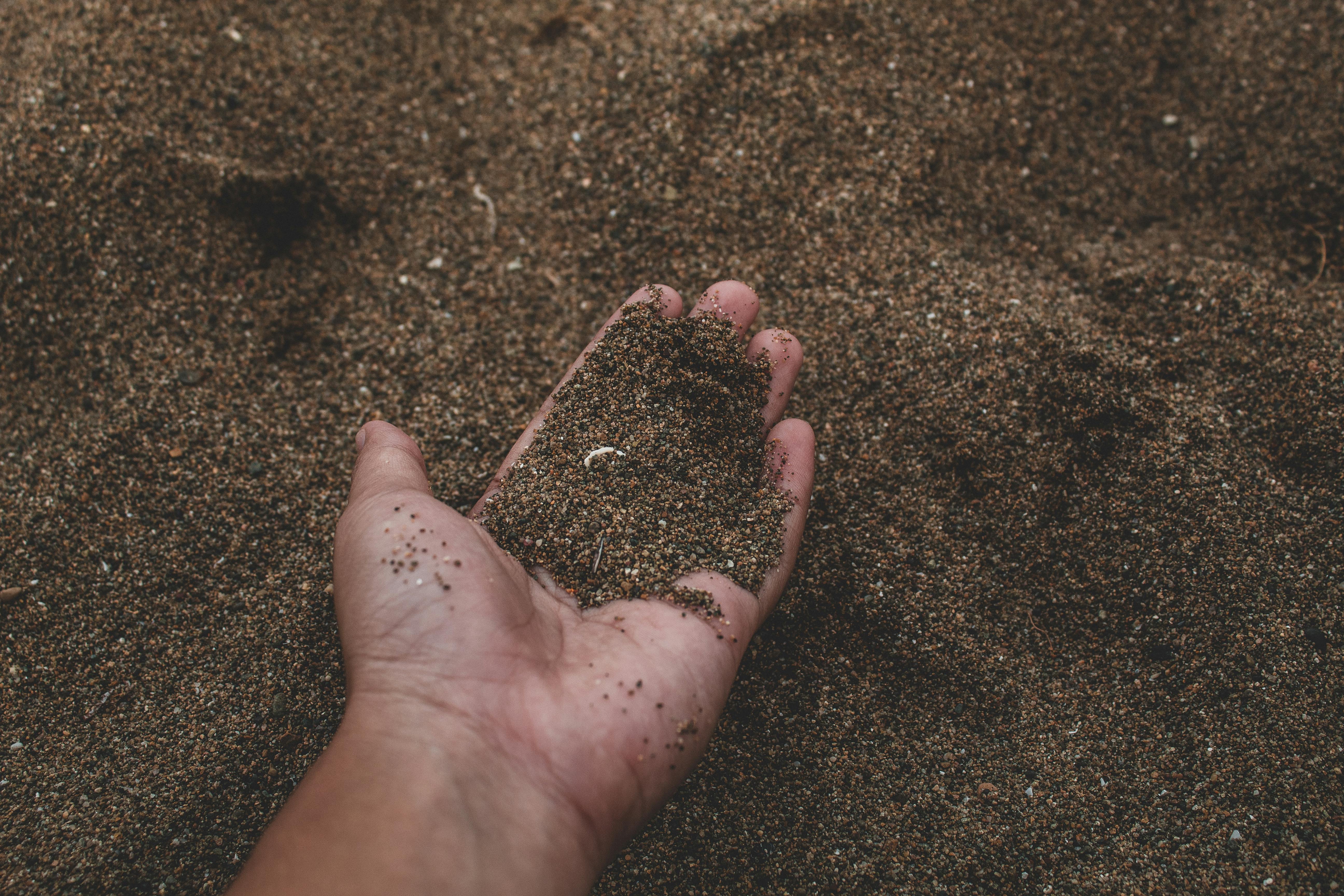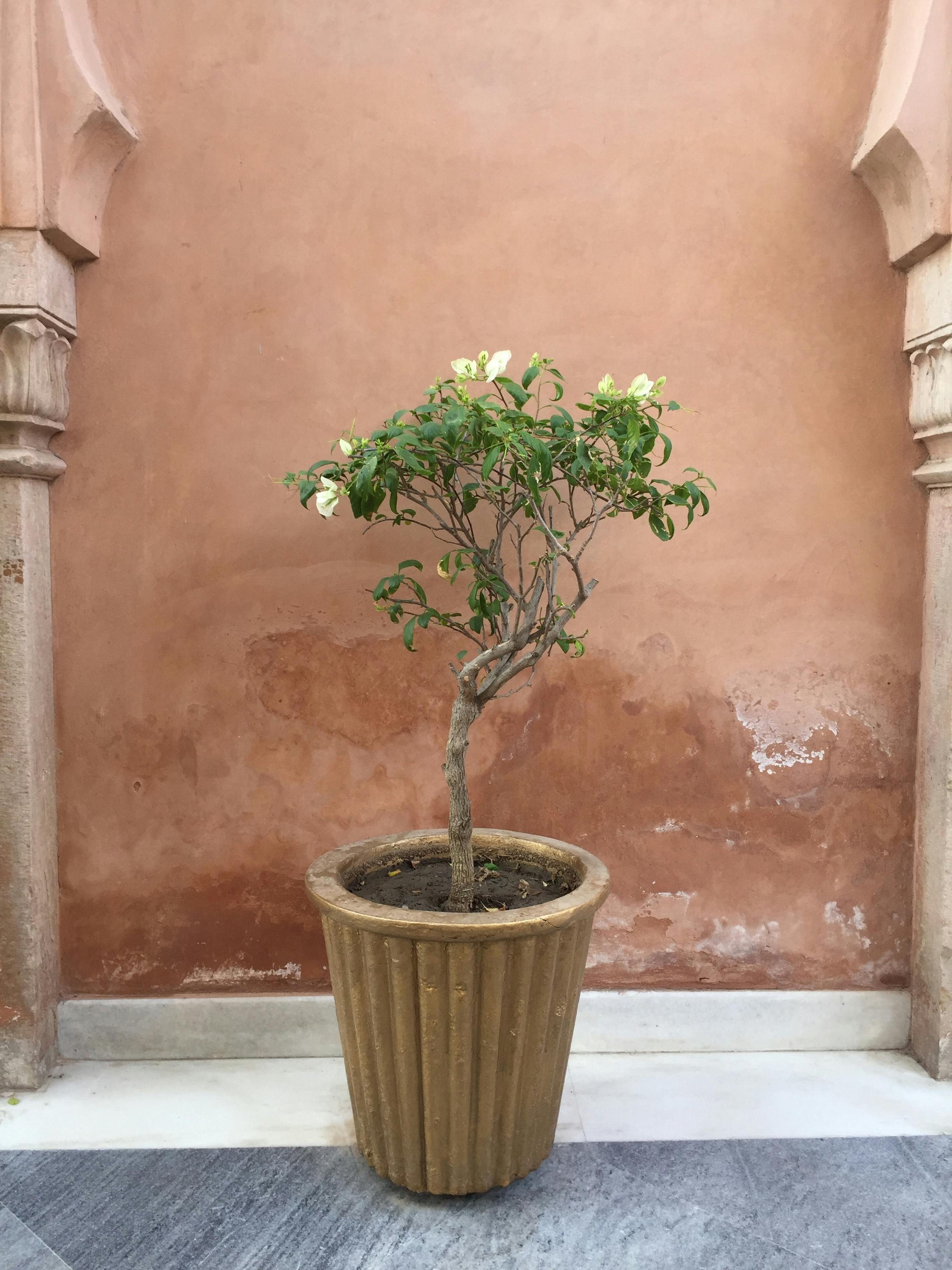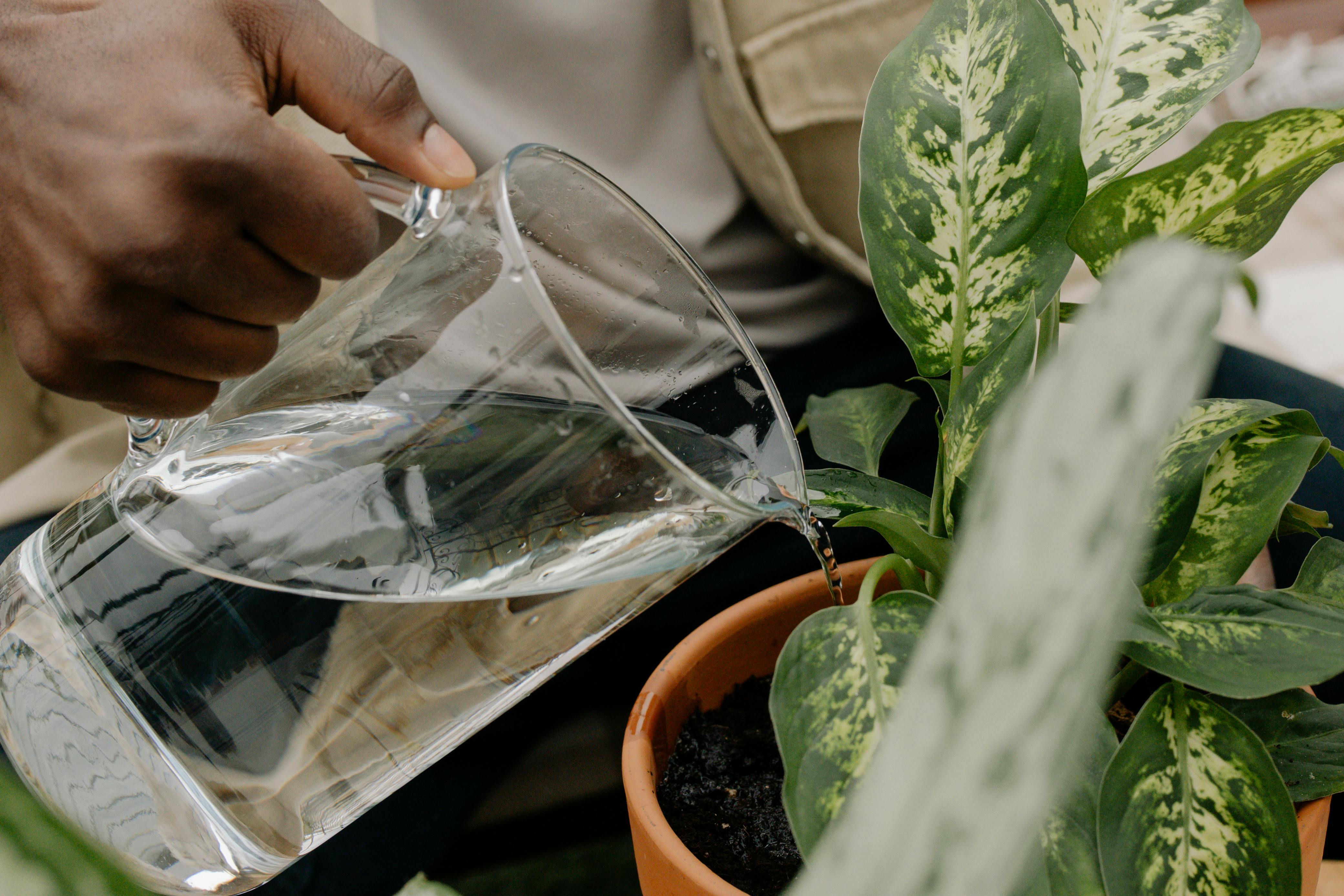Quenepas(Melicoccus bijugatus): Growing and Caring Tips

Quenepas is an exotic soapberry fruit that goes by many names – quenepa, kenepa, Spanish lime, limoncello, and mamoncillo.
Growing this unique fruit from seed requires patience and work, but once you reap the first fruits, your efforts will be well worth it.
I set out to learn everything there is to know about growing these fascinating fruits.
This article will guide your way to growing Quenepas. You will learn about the best seed and soil to use, best sunlight and climate in which to grow Quenepas, and how to maintain it.
Key Features:
Scientific Name: Melicoccus bijugatus
Common Names: Quenepa, Spanish lima
Color: The fruit is green to yellow when unripe, turning bright red when ripe.
Taste: Sweet and sour taste when ripe.
Height: Grows up to 40 feet tall.
Spread: Broad, dense canopy that can reach 20-30 feet wide.
What are Quenepas?

The Quenepa plant is a flowering evergreen tree native to northern South America and the Caribbean. It grows clusters of elliptical fruits approximately 1-2 inches in size that have a waxy skin when ripe. Inside the fruit are several juicy white segments with small, dark brown seeds.
Quenepas fruit is rich in Vitamin C and contains other important nutrients. It is often eaten fresh due to its sweet-sour flavor profile. The fruit can also be blended into smoothies or processed into jams, jellies and other preserves.
Parts of the Quenepa plant have traditionally been used as herbal remedies for digestive issues and common illnesses, though prolonged consumption may cause diarrhea or vomiting in some individuals.
The Quenepa is a tropical fruit tree well-suited for warm climates like South Florida and Puerto Rico. Its vivid red fruits add exotic beauty to landscapes while providing valuable nutrition.
With proper care and conditions, the trees can be long-living and yield abundant harvests for enjoyment or use in recipes celebrating Caribbean and South American cuisine.
Quenepas Ideal Growing Conditions

Soil type:
Quenepas thrive in fertile, well-draining soils such as loams, sands, and soft porous limestone.
The soil should have a slightly acidic pH level ranging between 5.5 and 6.5.
Sunlight:
Select a spot that receives full sun exposure for at least 6-8 hours per day.
Climate:
Quenepas flourish in zones 9-11 with hot, tropical conditions, but they can also grow in temperate climates with ample sunlight.
The Materials Needed To Grow Quenepas


- Large Tree Pots – one for each seed potting soil sand
- Quenepa seeds– freshly harvested for optimal germination
- Plastic cover or dome- required for the greenhouse effect
- Heating Pad – make sure it’s large enough to fit all pots on it at once plastic sheets
Watering Requirement for Growing Quenepas

Quenepas require moderate to heavy watering, especially during the hottest summer months. Thoroughly water twice a week between April and September for peak condition.
How to grow quenepas: a step-by-step explanation:
Begin by using several large tree pots. Fill each pot with an equal mixture of potting soil and sand, ensuring it is well-watered.
Plant the seed to depth of 2 cm and cover the container with plastic. Keep the soil moist but avoid overwatering.
For consistent temperature maintenance, place the pots on a heating pad, aiming for a range between 75-85 degrees Fahrenheit (24°-29° C).
After 3-8 weeks, the seeds should sprout. Remove the plastic covering and take the pots off the heating pad.
Place them in an environment that consistently remains above 70° Fahrenheit.
During the spring or summer months, bring the containers outside. Bring them indoors during autumn and winter if the outside temperature becomes too cold.
Allow your growing quenepas to remain in the pot for 2 years or until they reach a height of at least 0.6m.
Then, transplant them outside during spring or summer when there is no longer a risk of frost.
Patience is key; it can take 5 to 10 years for these trees to bear fruit.
Plant several trees for cross-pollination to increase the chances of successful fruiting.
How to Care and Maintain Quenepas
- Water seedlings daily and trees 2x weekly
- Prune only for shape and air flow
- Protect young trees from frost until mature.
- Fertilization: Apply a balanced organic fertilizer with a ratio of 10-10-10 or 14-14-14 every 2-3 months. Be cautious not to over-fertilize.
- Pest and disease management: Regularly inspect trees for pests and diseases. Apply appropriate organic insecticides or fungicides as needed.
Quenepas Toxicity
Quenepas (Melicoccus bijugatus) are generally considered safe to consume. However, there are a few important considerations regarding their consumption:
Potential Allergic Reactions
Some individuals may have allergic reactions to quenepas. Symptoms can include itching, hives, swelling, or difficulty breathing.
If you have a known allergy to quenepas or similar fruits, it is advisable to avoid consuming them.
Choking Hazard
The quenepa fruit contains a large seed surrounded by pulp. It is important to exercise caution when eating quenepas to avoid accidentally swallowing the seed, as it can pose a choking hazard, especially for young children.
Handling and Preparation
When handling quenepas, it is recommended to wash them thoroughly before consumption to remove any dirt or contaminants.
Additionally, the fruit should be properly peeled or opened to access the pulp while discarding the seed.
As with any food, it is always a good practice to consume quenepas in moderation and observe any individual reactions or sensitivities.
Please consult a healthcare professional or a trusted source for specific advice regarding quenepas consumption if you have any concerns or pre-existing conditions.
Conclusion
Growing quenepas successfully requires a tropical or subtropical climate, well-draining soil, fresh seeds, full sunlight, regular watering, balanced fertilization, and proper pest and disease management.
By providing these necessary conditions, you can enjoy the flavorful and nutritious fruits of the quenepa tree.
So why not add a touch of tropical delight to your garden? Start with freshly harvested seeds, provide them with the right conditions, and watch as your quenepa tree grows and bears fruit. Trust me, the taste of freshly picked quenepas will be well worth the effort. Happy gardening!
FAQs:(Frequently Asked Questions)
- What is the best soil to grow Quenepas?
Quenepas thrive in fertile, well-draining soils. The ideal soil types include loams, sands, and soft porous limestone. Ensure a slightly acidic pH level ranging between 5.5 and 6.5. - How long does it take for quenepas trees to bear fruit?
Typically, it takes 5 to 10 years for quenepa trees to reach maturity and produce their first fruits. - How to identify ripe quenepas?
Ripe quenepas have a vibrant yellow skin, feel slightly soft, and emit a sweet and tangy aroma. Taste a few to determine ripeness and flavor before indulging. - When is the best time to grow Quenepas?
Grow quenepas during spring and summer in warm, tropical climates. They can also be grown in temperate climates with ample sunlight and heat.
